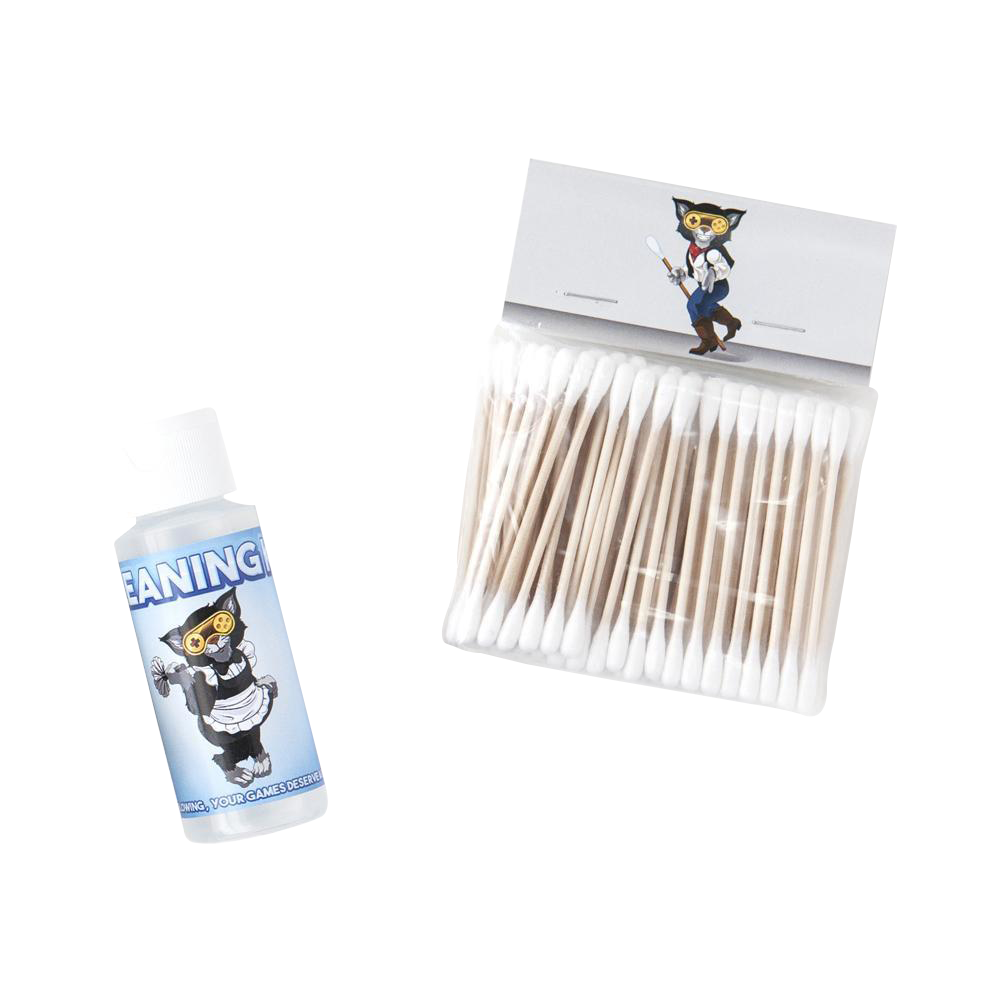


You may be able to find these at hardware stores like Lowe’s, but most of them will be special-order only. If the board is absolutely filthy, you might be better off, in the long run, replacing these parts, since they frequently cause issues if they’re damaged. On the off-chance that your board is caked in dirt, dust, snot or whatever, you might want to think about desoldering some of the more frail components, such as through-hole capacitors and resistors (the ones that go through holes on the board, not the ones mounted on its surface), so you can scrub the board more freely. Clean the circuit board Circuit boards are delicate. Most of the time, it affects non-essential components like PCB shields and switches, so depending on the level of damage, you might be able to run the console without the rusted part or just clean it the best you can and live with the rust. PCB components won’t oxidize under normal circumstances, but if the system has been submerged in water or stored in a particularly humid location, you may be looking at some rust damage.

You don’t want to take the chance that a printed circuit board (PCB) on a machine with a production run of less than 50,000 is destroyed by something as weak as bum capacitors.Īnother thing to look for during your inspection is rust. If you have a rare machine, like the LaserActive PAC units, just change the capacitors, whatever they look like. Sega Game Gears and Pioneer LaserActive PAC-S1s and N1s also have lousy reputations when it comes to capacitors. In particular, the Sega CD (Model 1, especially), Sega CDX (but not the JVC X’Eye, for some reason), and TurboDuo (known as the PC Engine Duo in Japan) are the most notorious offenders. The consoles most heavily affected by capacitor issues are early CD-based systems.


 0 kommentar(er)
0 kommentar(er)
